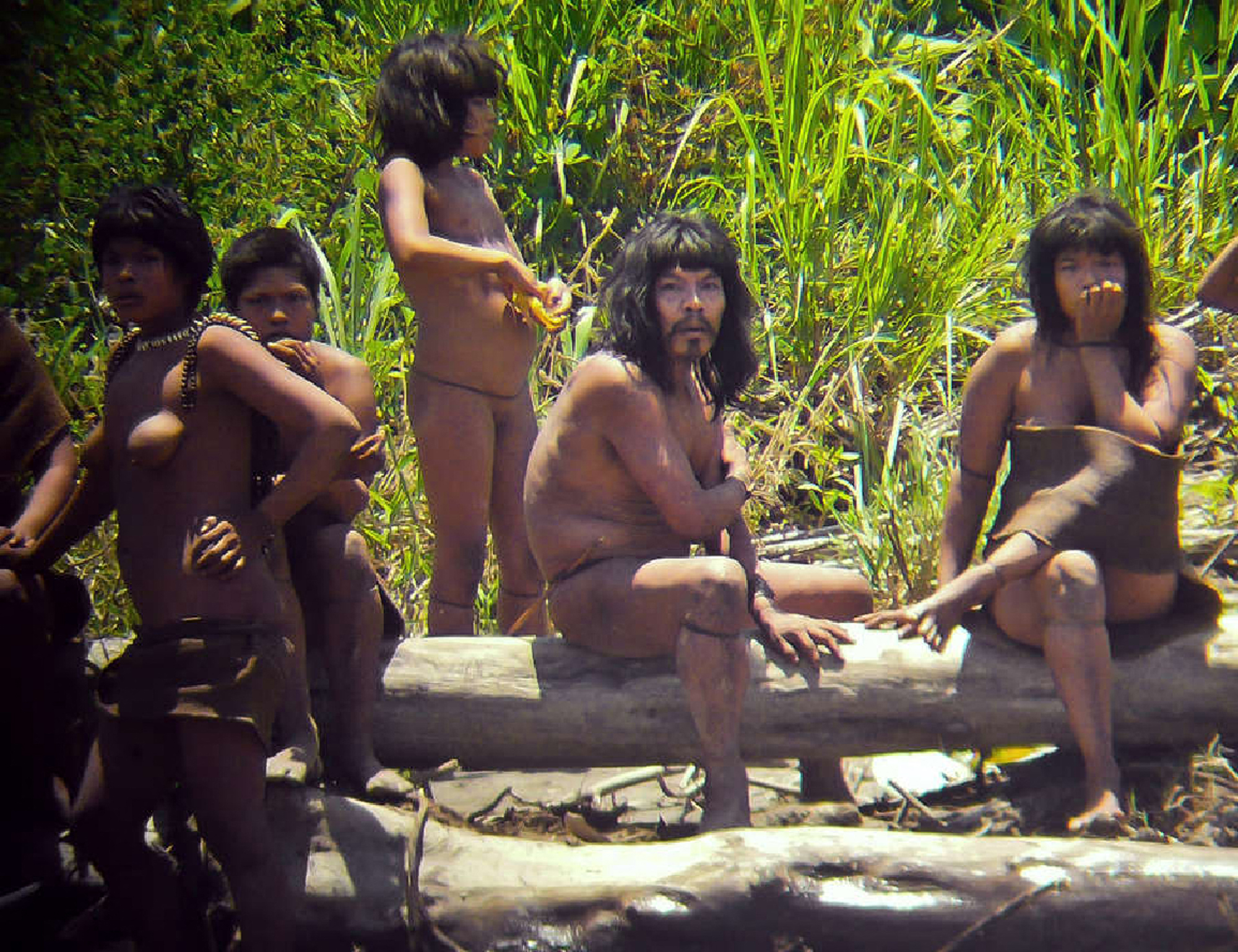
LIMA - Rare images of the Mashco Piro, an uncontacted Indigenous tribe in the remote Peruvian Amazon, were published on Tuesday by Survival International, showing dozens of the people on the banks of a river close to where logging companies have concessions.
The reclusive tribe has been sighted coming out of the rainforest more frequently in recent weeks in search of food, apparently moving away from the growing presence of loggers, said local Indigenous rights group FENAMAD.
The Mashco Piro were photographed at the end of June on the banks of a river in the Madre de Dios region in southeast Peru near the border with Brazil, Survival International said as it released the photos.
More than 50 Mashco Piro people appeared in recent days near a village of the Yine people called Monte Salvado. Another group of 17 appeared by the nearby village of Puerto Nuevo, said the NGO, which defends Indigenous rights
"These incredible images show that a large number of isolated Mashco Piro live alone a few kilometers from where the loggers are about to start their operations," said Survival International director Caroline Pearce.
ALSO READ: Record wildfires hit Venezuela during Amazon drought
More than 50 Mashco Piro people appeared in recent days near a village of the Yine people called Monte Salvado. Another group of 17 appeared by the nearby village of Puerto Nuevo, said the NGO, which defends Indigenous rights.
The Mashco Piro, who inhabit an area located between two natural reserves in Madre de Dios, have seldom appeared as a rule and do not communicate much with the Yine or anyone, according to Survival International.
Quispe is one of dozens of women challenging gender norms here by driving taxis and minibusses.
Several logging companies hold timber concessions inside the territory inhabited by the Mashco Piro.
One company, Canales Tahuamanu, has built more than 200 kilometers of roads for its logging trucks to extract timber, according to Survival International.
A Canales Tahuamanu representative in Lima did not respond to a request for comment.
ALSO READ: World's biggest snake species discovered in Amazon rainforest
The company is certified by the Forest Stewardship Council, according to which it has 53,000 hectares of forests in Madre de Dios to extract cedar and mahogany.
The Peruvian government reported on June 28 that local residents had reported seeing Mashco Piro on the Las Piedras river, 150 kilometers (93 miles) from the city of Puerto Maldonado, the capital of Madre de Dios.
The Mashco Piro have also been sighted across the border in Brazil, said Rosa Padilha, at the Brazilian Catholic bishops' Indigenous Missionary Council in the state of Acre.
"They flee from loggers on the Peruvian side," she said. "At this time of the year they appear on the beaches to take tracajá (Amazon turtle) eggs. That's when we find their footprints on the sand. They leave behind a lot of turtle shells."
"They are a people with no peace, restless, because they are always on the run," Padilha said.


